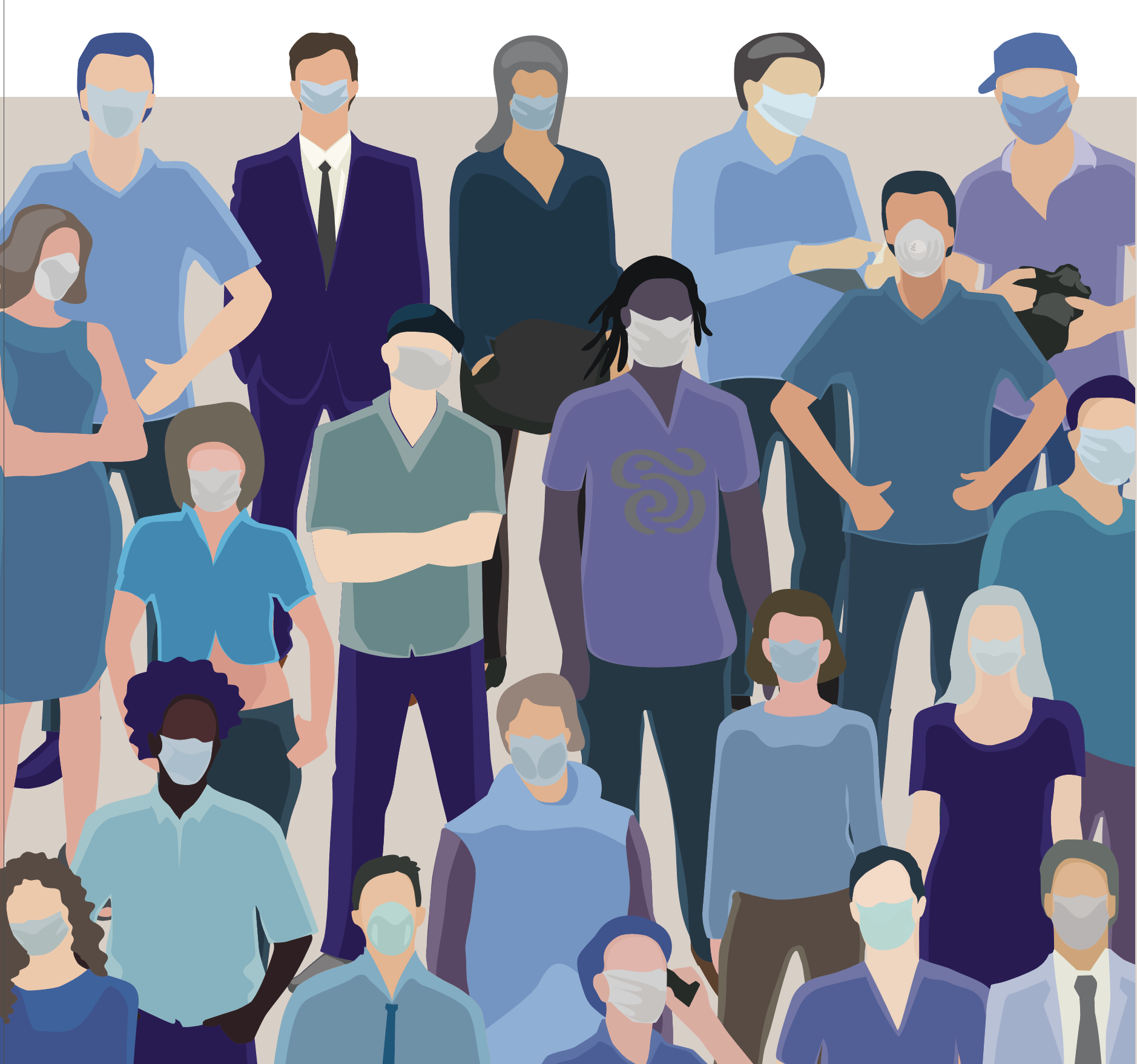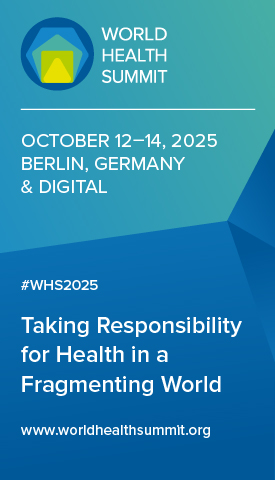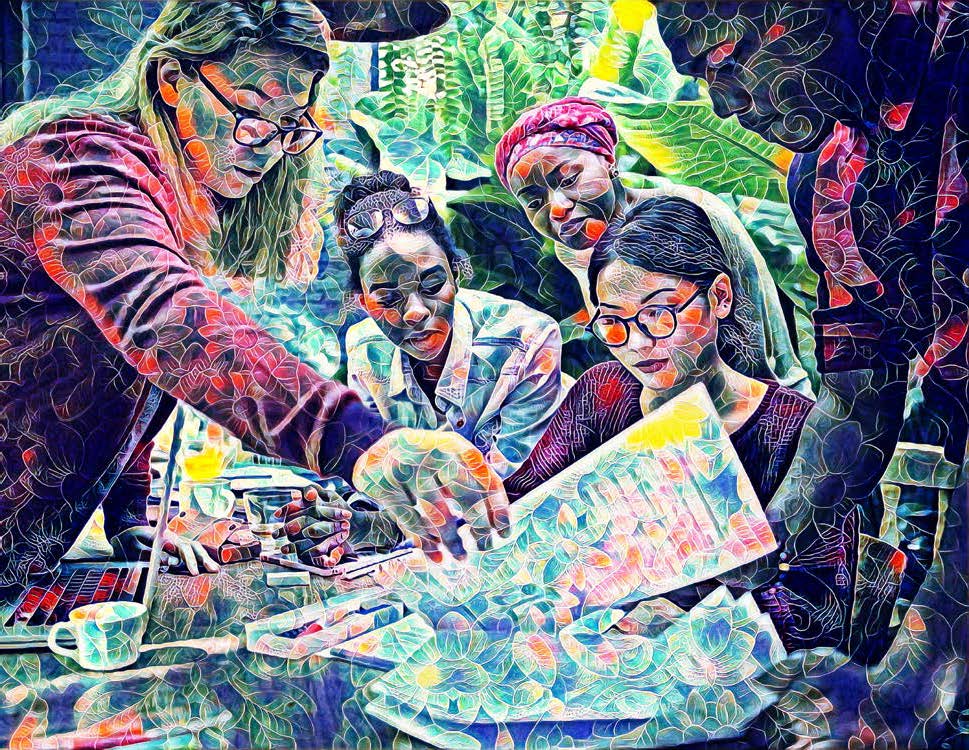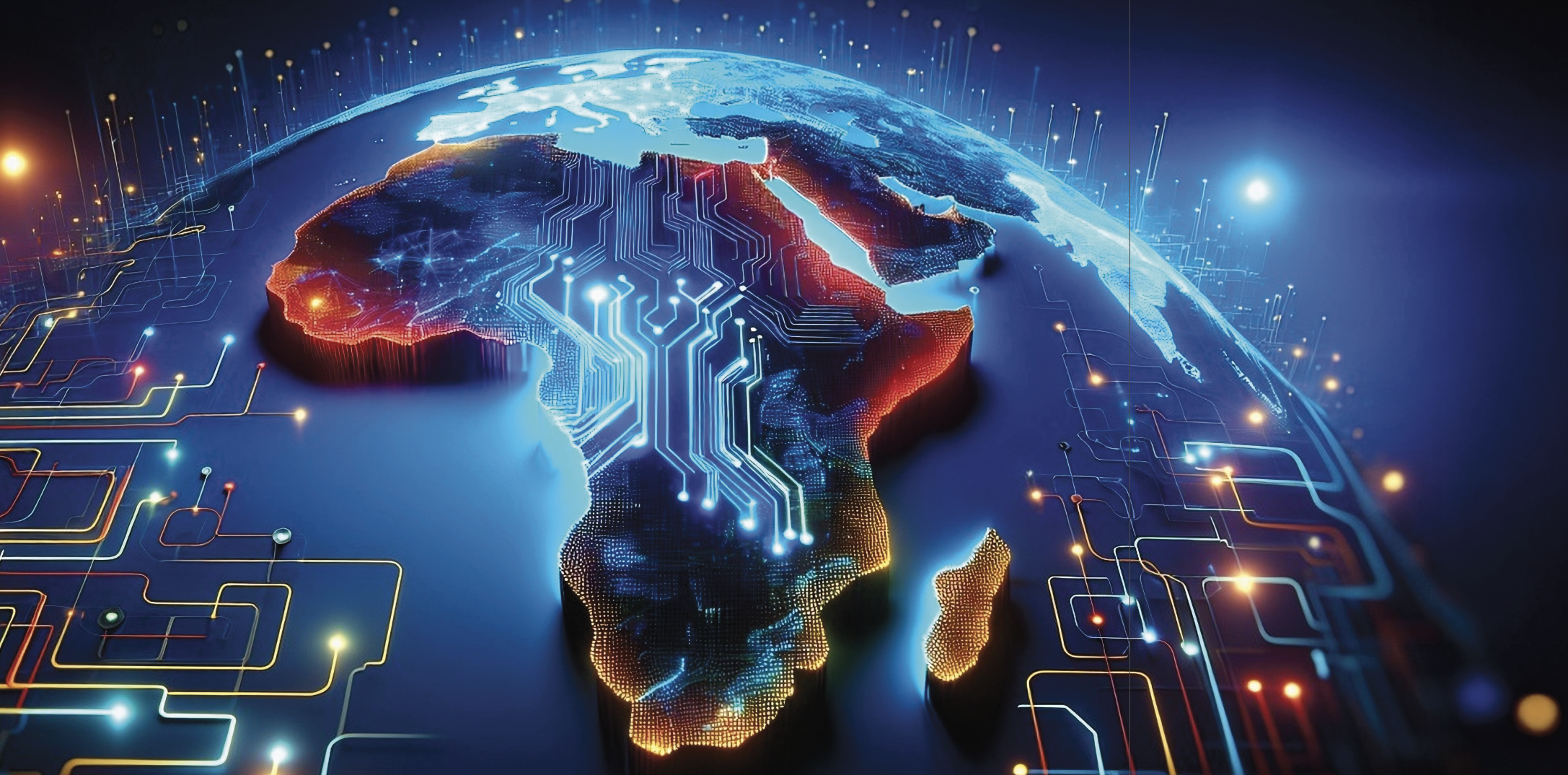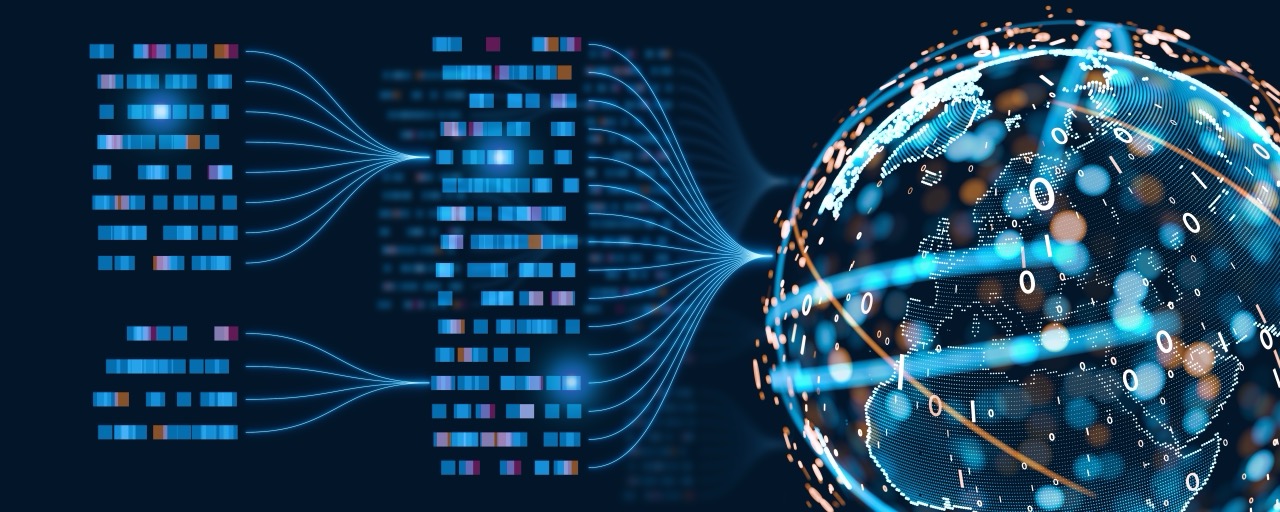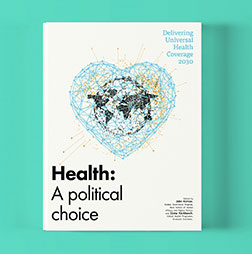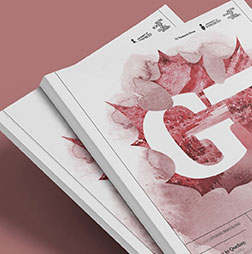The collaborative future of public health intelligence
Tracking infectious disease outbreaks is more complex than ever in today’s increasingly fragmented world shaped by geopolitical tensions, nationalist policies and uneven information sharing. The World Health Organization plays a central role in global public health intelligence: detecting outbreaks, issuing alerts and coordinating international responses. It operates under the International Health Regulations and relies on timely information sharing by member states. However, official channels are often slower than the pace of new outbreaks and emergencies. In a hyperconnected world, unofficial sources often report health threats earlier than national authorities or the WHO.
A shared responsibility
In recent crises, non-state actors, including digital platforms, open-source initiatives, non-governmental organisations and academic networks, often sounded the first alarms. These operate outside government structures and take on surveillance roles. They are not competitors to the WHO or national health authorities. Rather, they fill critical gaps, particularly in early detection, data innovation and open sharing.
One example is ProMED-mail, a volunteer-run listserv that pioneered crowdsourced health surveillance via email, launched in 1994. By combining open-source reporting with expert editorial review, it played a crucial role in alerting the world to SARS in 2003 and later to Covid-19 in 2019. It built on earlier efforts such as the Global Public Health Intelligence Network, a Canadian platform from the late 1990s that also leveraged open data for outbreak detection.
Launched in early 2020, Johns Hopkins University’s Covid-19 Dashboard quickly became a globally trusted source for tracking cases, deaths and vaccine roll-outs. Its intuitive interface and transparent methodology enabled policymakers, media and the public to navigate a fast-moving crisis with clarity.
Similarly, Global.Health, developed through an academic collaboration during the 2022 mpox outbreak, introduced the first open-access case-tracking dashboard. The platform helped public health officials and researchers monitor the spread more quickly than traditional systems, filling critical information gaps early in the outbreak.
Credibility is key
These examples demonstrate how non-state actors bring speed, agility and technological innovation. But challenges remain: open-source signals are not always accurate and misinformation can cause confusion or panic. Ultimately, confirming and assessing public health events requires the presence of professionals. Remote analysis, however advanced, cannot replace on-the-ground verification and response.
This is where the WHO’s role as the authoritative source of verified global information remains essential. With its global mandate and convening power, it is uniquely positioned to validate signals, declare Public Health Emergencies of International Concern and coordinate cross-border responses. Its credibility provides the assurance needed to turn early warnings into effective, evidence-based action. Notably, the WHO has already begun adapting to this evolving surveillance ecosystem. Through initiatives such as the WHO Hub’s Epidemic Intelligence from Open Sources, it incorporates media reports, social platforms and expert input into its early warning workflows. Nearly 47% of acute public health events in Africa were detected through EIOS before official country notifications, underscoring the growing value of these complementary channels.
The future of outbreak detection and response does not lie in a single alarm bell, but in a networked, collaborative ecosystem. As global connectivity accelerates disease spread, embracing a new public health intelligence ecosystem where actors with complementary strengths work together is increasingly essential for effective preparedness and response. The WHO’s authority and ability to convene international cooperation are irreplaceable, but its impact is amplified by partnerships with non-state actors that bring innovation, speed and openness. In a world defined by fragmentation and uncertainty, no one actor can do it all. Strengthening collaboration, forging partnerships, and investing in technology and talent remain our best bet to protect people everywhere from the next major health threat.
